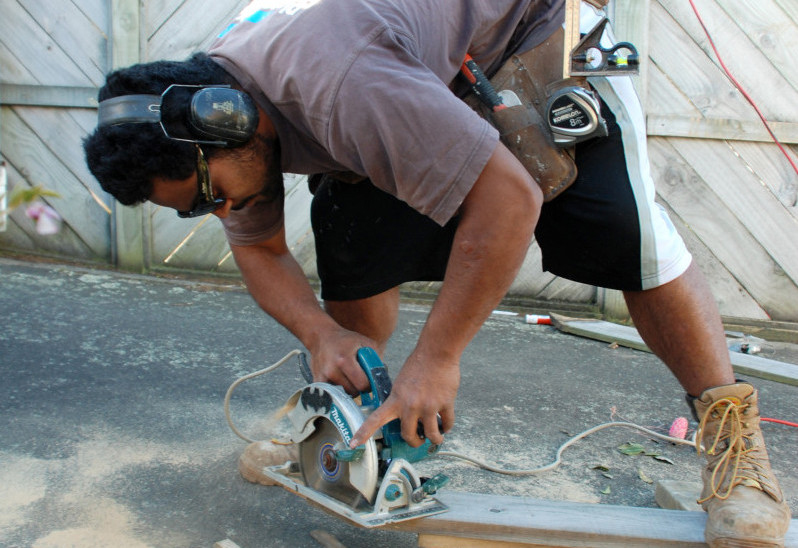Don’t go quiet about noise hazards!
22 Mar 2014, Prove Your Know How, Safety

Harmful noise exposure is a significant hazard that can cause hearing impairments such as ‘Industrial Deafness’ or ‘Trauma Induced Hearing Loss’. Therefore employers are required to take all practicable steps to mitigate it.
Legally, workplace noise cannot be above an average level of 85 decibels over eight hours or a peak level of 140 decibels, whether or not the worker is wearing personal hearing protection.
Here are some proactive steps you can take to protect yourself and your employees:
1) Identify the noise hazard
Employers should carry out noise surveys before starting work. A simple test to determine noise levels is to hold a conversation under normal operating conditions. If voices need to be raised, then the damage risk criteria of 85 dB(A) has probably been exceeded.
Next steps for a more detailed assessment:
- Understand how long employees will be exposed to the harmful noise.
- Find the sources of noise.
- Come up with ways to block and control the noise.
- Decide on appropriate hearing protection.
Use the standard AS/NZS 1269 for guidance on noise assessment and management.
2) Determine whether the noise is a significant hazard.
A significant hazard is the actual or potential cause of serious harm. That also means harm that occurs after exposure to the hazard – which is often the case with noise.
The table below provides some examples of the maximum exposure of common construction tools:
3) Ways to control significant noise hazards
First, consider how to eliminate noise before minimising the hazard with hearing protection. When eliminating the noise isn’t possible, take steps to isolate and minimise the noise instead.
1. Eliminate the noise:
- stop the noisy process, machine or equipment and use a different approach to get the job done.
2. Isolate the noise:
- Use sound barriers.
- Build baffles that enclose the noisy plant/equipment.
3. Minimise the noise:
- Rotate tasks for workers.
- Train and check that hearing protection is worn correctly.
- Reduce noise and vibration with heavy rubber or synthetic mounts.
- Wear ear muffs that are in good condition, fit properly and are appropriate to the noise level.
- Make sure noise hazards are broughtto everyone’s attention with signs, notices, labelling and are spoken
about at toolbox talk safety meetings.
4. Monitor the health of employees
Arrange hearing tests for all employees who work with hazardous noise.
This must be done by a competent person when an employee starts work and at intervals of no longer than 12 months.
5. Employers must provide information, training and supervision to staff in relation to hazards in the workplace
Educate workers on the dangerous effects of noise and how they can protect themselves from the hazard. Ensure that everyone onsite is wearing hearing protection – especially site leaders.
About Site Safe
Site Safe NZ Inc is a not-for-profit, membership-based organisation that promotes a culture of safety in the New Zealand construction and related industries. For more information call 0800 SITE SAFE or visit www.sitesafe.org.nz.
Maximum exposure times to noise levels
| Activity | dB(A) | Maximum Exposure Time Per Day |
| Power drill | 88 | 240 minutes (4 hours) |
| Heavy truck | 91 | 120 minutes (2 hours) |
| Lawnmower | 94 | 60 minutes |
| Power saw | 97 | 30 minutes |
| Pneumatic drill | 100 | 15 minutes |
| Concrete saw | 103 | 8 minutes |
| Loud stereo | 106 | 4 minutes |
| Commercial jet | 109 | 2 minutes |
| Trail bike | 112 | 1 minute |
| Chainsaw | 115 | 30 seconds |
| Threshold of pain | 118 | |
| Vehicle horn | 120 | Will cause pain |
| Powder-fired fastener | 140 | Will cause hearing loss |
Disclaimer: The intention of this article is to provide information and awareness on noise as a hazard. It’s recommended that a health and safety professional is consulted directly if you are working with hazardous noise levels.
Register to earn LBP Points Sign in




